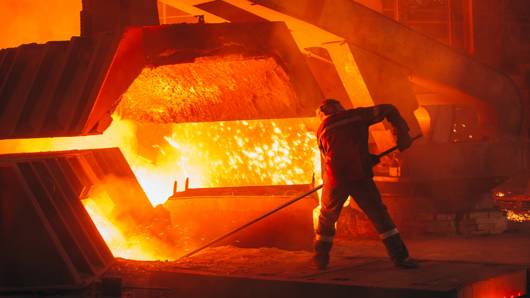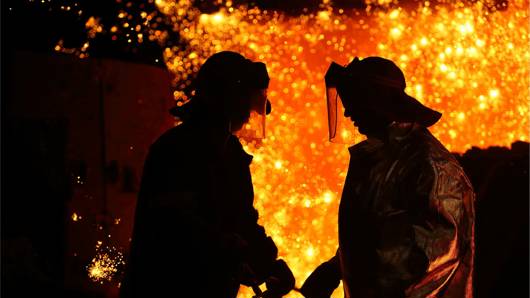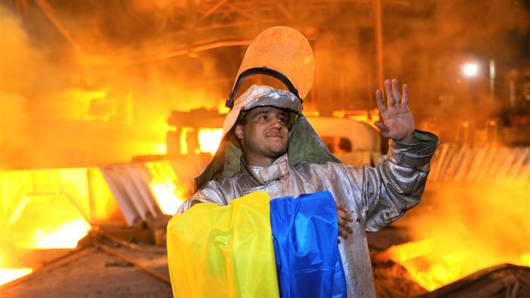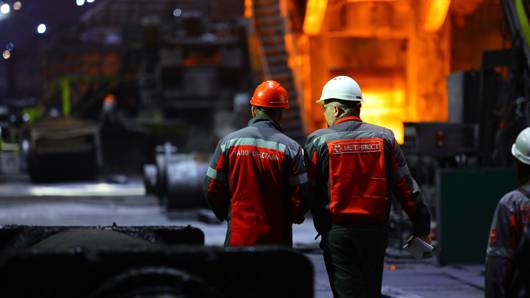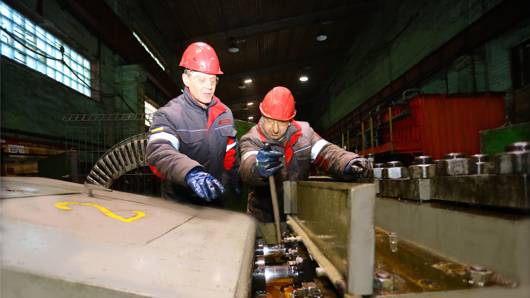The Wall Street Journal was among the select few US media outlets granted access to the secret production facilities where Metinvest engineers craft lifelike decoys that play a crucial role in safeguarding Ukrainian soldiers. This is an adapted article highlighting how technological advances have made battlefield deception increasingly challenging, yet more vital than ever.
Russian forces have destroyed about half the battlefield equipment that Ukrainian company Metinvest has produced for the country's military. Managers want Russian troops to target more of it.
At a workshop in central Ukraine, workers are busy making parts for howitzers, radar stations and mortars. They are all fakes. Metinvest churns out high-quality replicas that serve as decoys, seeking to lure Russian fire.
Made from rigid plastic foam, plumbing and scrap equipment, the gear is produced based on the logic that every Russian missile, shell or drone used to strike them is one fewer targeting real equipment and troops.
"When we place these decoys along certain areas of the front, they attract the attention of the enemy," said a worker.
One Ukrainian platoon commander said his unit had used decoys to pinpoint from where Russian artillery was firing so that other Ukrainian forces could target it.
An independent monitor last year posted video of a Russian Lancet drone striking a Ukrainian radar system that turned out to be a decoy made from a wrecked vehicle.
Deception has been an important tool of warfare throughout history, but the war in Ukraine has presented new challenges. Advances in thermal imaging can reveal targets that are invisible to the naked eye, or expose fakes as inert dummies. Inexpensive drones offer armies pervasive real-time surveillance, which complicates longstanding approaches to assembling or inflating replicas.
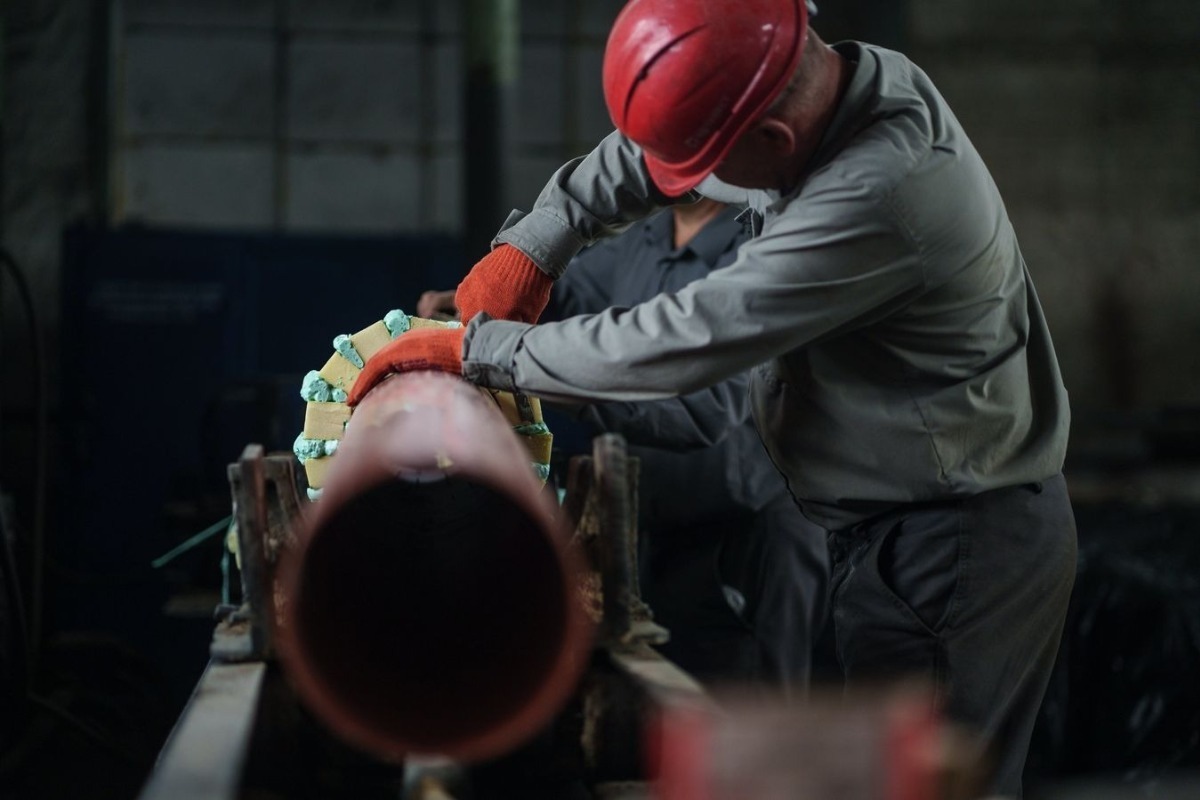
Combatants say that with everything on a battlefield potentially observed, deception becomes more difficult—and more critical.
"More than any conflict before, it's about disinformation," said Vojtech Fresser, the chief executive of Inflatech, a Czech company that makes inflatable decoys.
Fresser wouldn't say if Inflatech's decoys are deployed on the battlefield in Ukraine. Some are being used in training exercises by Ukraine's Western allies, he said.
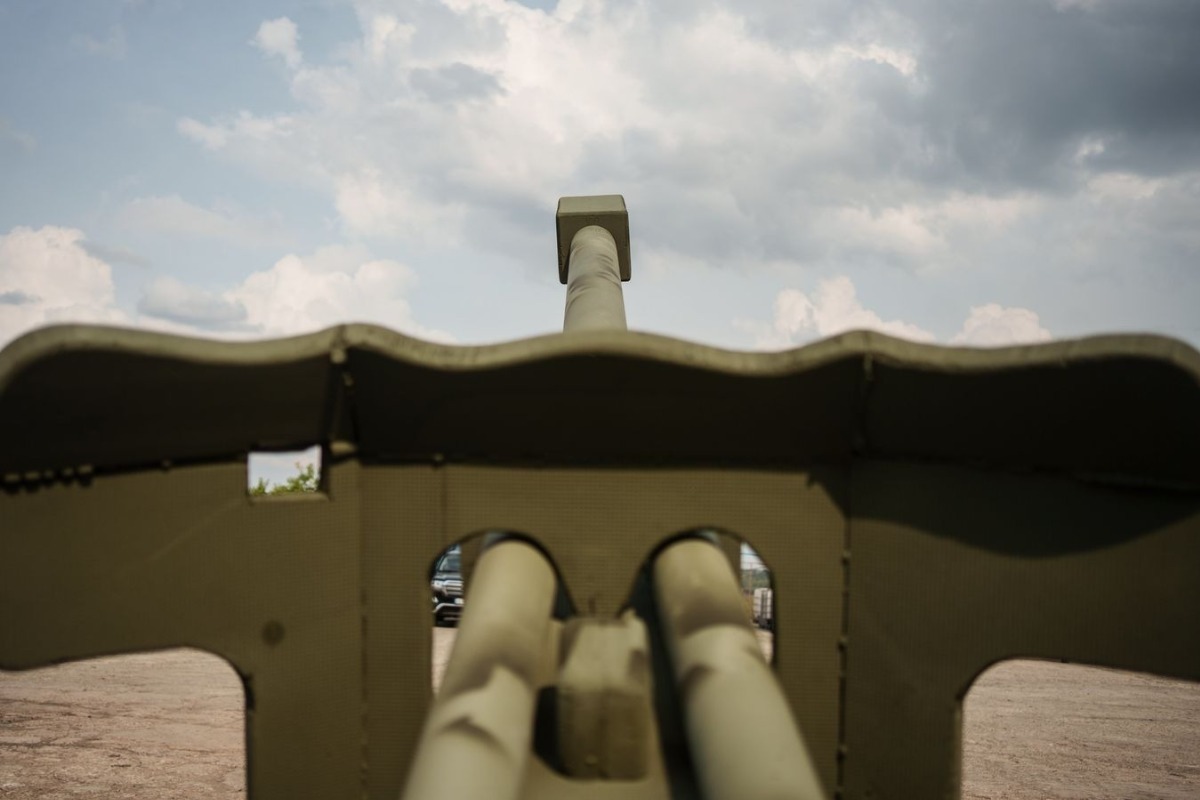
Decoys can help mislead an enemy about attack plans or fool an opponent into believing that an area is better defended than it really is, deterring an assault.
It remains unclear how widely decoys are being used in Ukraine. The Ukrainian military declined to comment on their use, citing operational security. Replicas likely account for at least some of the weapons Russia claims to have destroyed on the battlefield, which exceed the numbers in Ukraine's arsenal.
Russia also deploys decoys. Their effectiveness is uncertain.
After Russia invaded, Ukraine's military approached Metinvest, Ukraine's largest steelmaker, about making decoys, said Chief Operating Officer Oleksandr Myronenko. It is one of a range of initiatives the company has pursued to support Kyiv's war effort, including making shelters and body-armor plates for Ukrainian forces and purchasing drones on their behalf.
At the workshop, staff got to work by printing out images of weapons from the internet and analyzing how they would replicate the bulky machinery from lightweight materials. To standardize production, they created plywood stencils for carving components from foam blocks. Using featherweight components yields relatively mobile parts that troops can quickly assemble on a battlefield.
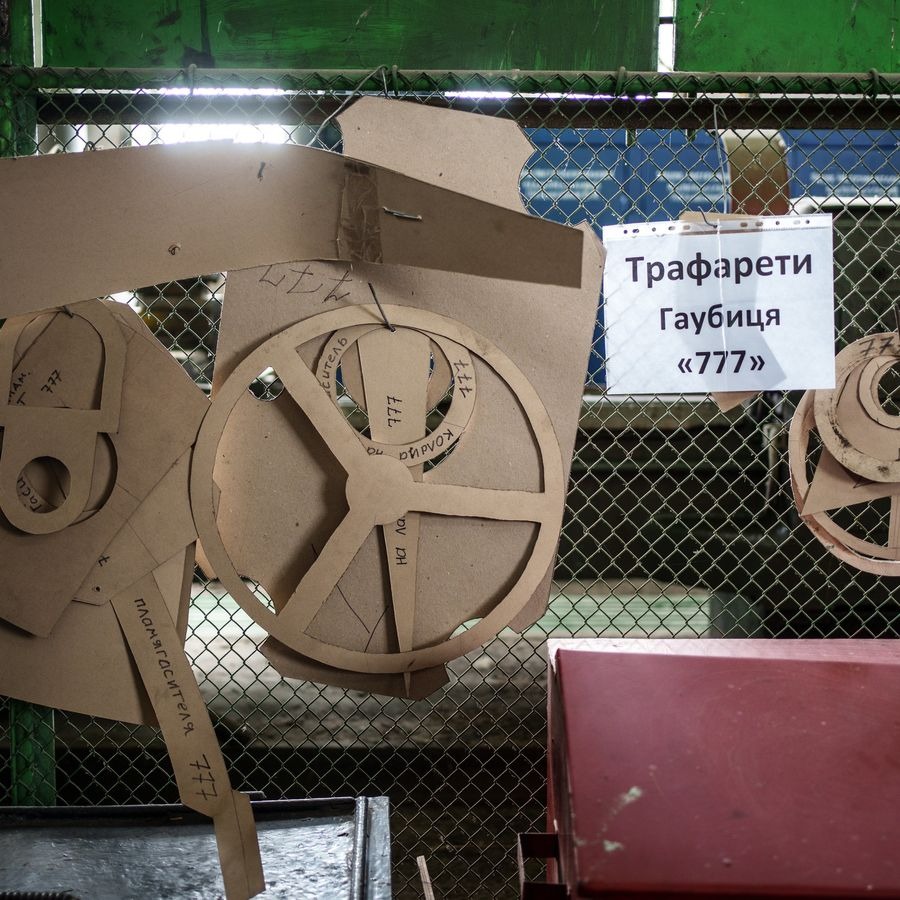
A completed howitzer decoy looks to the untrained eye exactly like ones deployed on the front against Russian forces in Ukraine. To the touch, it feels slightly spongy.
Metinvest workers need four days to replicate a Ukrainian D-20 gun-howitzer and two weeks for an American M777 howitzer. The most labor-intensive decoy is the 35D6 radar unit, which takes a month to produce because of its size and multiple parts.
A mortar is made from a length of sewage pipe mounted on a disused satellite dish.
"Over time they've become more realistic," said the head of the workshop.
Inflatech's inflatables, made of synthetic silk, include Patriot air-defense systems, Himars mobile rocket launchers, Leopard 2 tanks and Soviet-designed SA-8 surface-to-air missile systems.
An Inflatech Leopard tank can fold into a backpack that is easily carried and takes just 10 minutes to inflate with a generator. "You can fit four tanks into a civilian vehicle," Fresser said.
Earlier inflatable decoys made of rubber were unwieldy and susceptible to changes in temperature, he said. In cold weather, they were prone to deflate as air contracted, while in hot weather they sometimes burst.
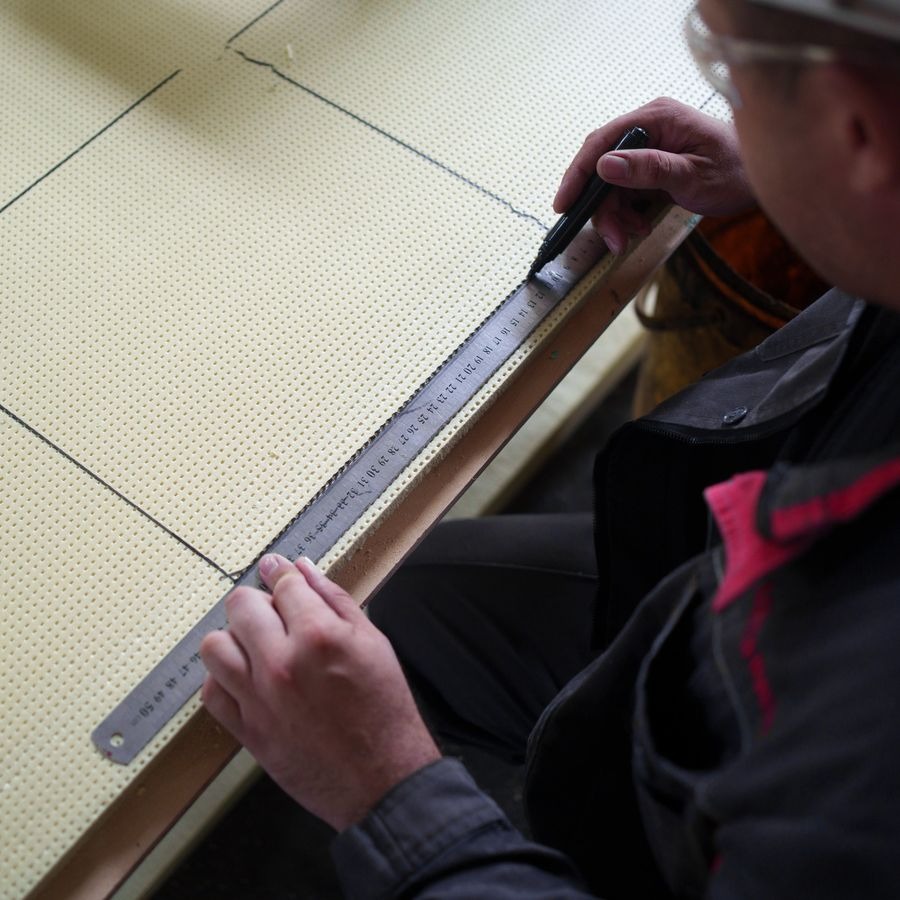
But a passable replica is no longer sufficient subterfuge. To deceive the enemy, troops must deploy a decoy as they would its real counterpart: Conceal it under camouflage netting and dig trenches around it.
"They're not fools," said the Metinvest workshop boss of Russian troops.
Deceiving opponents is almost as old as warfare. Chinese lore tells of third-century statesman Zhuge Liang who, needing 100,000 arrows for battle, creates a fake force of straw men. In darkness he dispatches them on boats across a river, drawing intense volleys from enemy archers, which supply the arrows he needs.
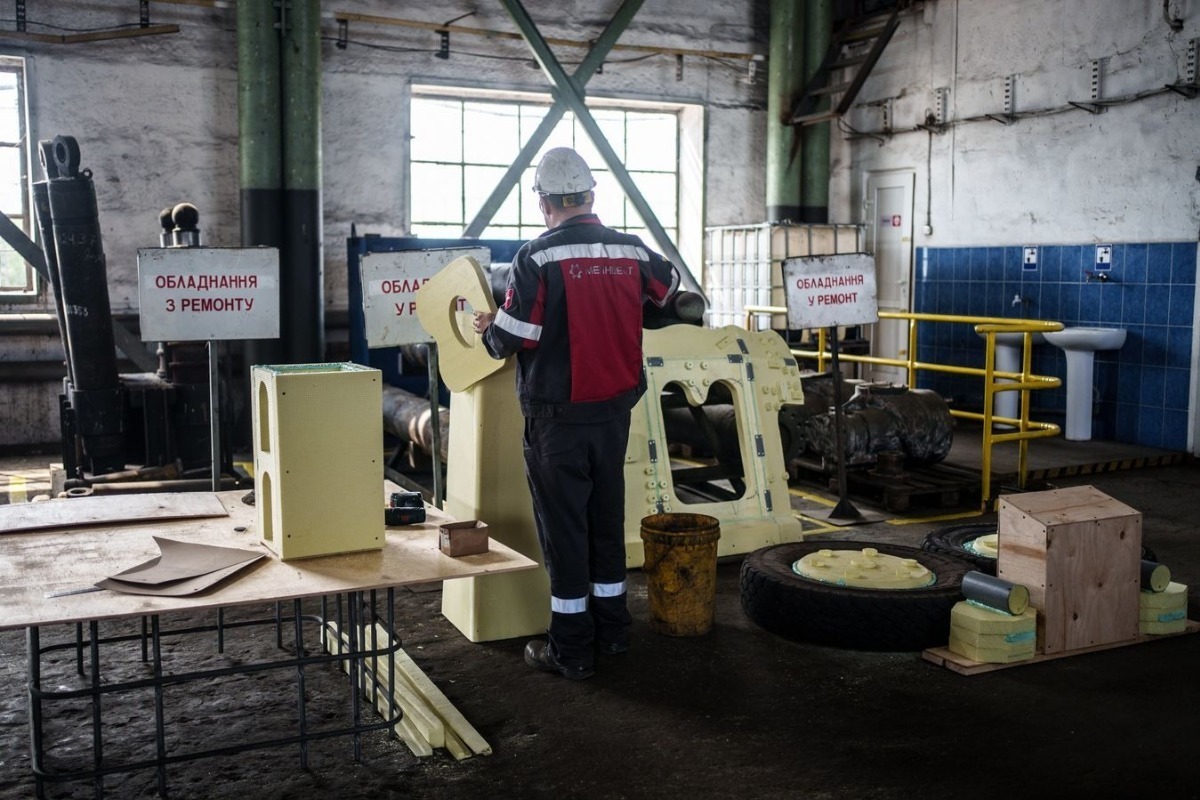
In modern times, decoys became more common after airborne photography allowed reconnaissance of wide areas during World War I.
During World War II, the Allies fabricated an entire "ghost" army under the command of Gen. George S. Patton to trick the Germans into believing they would invade France at Pas-de-Calais. Along England's southeast coast, they assembled thousands of cardboard and rubber dummy tanks and airplanes, fake troop barracks and supply depots. Meanwhile, to the west, the Allies prepared the massive D-Day invasion of Normandy.
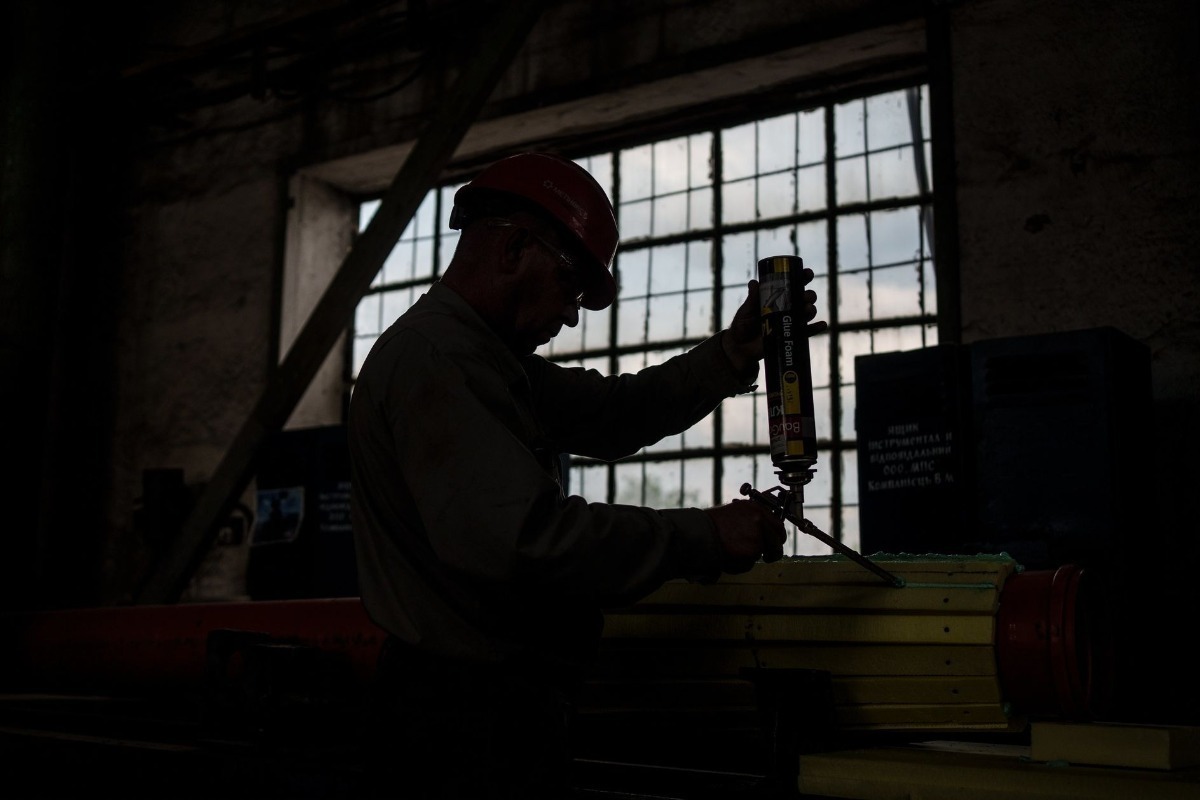
Today, just tricking the eye and camera isn't enough. Decoys must mimic use. Firing explosive shells produces so much heat that cannon barrels can glow red-hot, generating an infrared signature that is easy for specialized sensors to detect. Metinvest workers discovered they could imitate the effect by setting off smoke bombs, commonly employed in agricultural pest control, inside the decoy's barrel.
Of the 250 decoys Metinvest has supplied to the army, about half have been struck, according to the head of the workshop. A video on his phone shows a drone swooping toward a decoy and crashing into the ground nearby. The fragments of two drones—a Russian-made Lancet 3M and an Iranian-made suicide drone—that hit fake radar stations were on display at the workshop.






